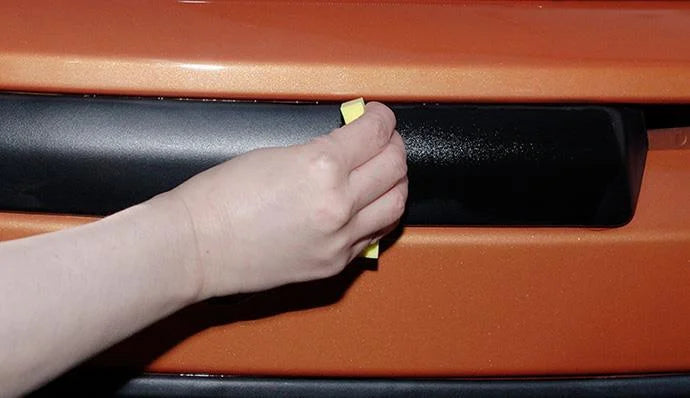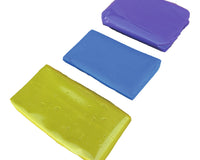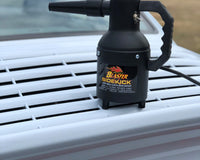Faded plastic trim and bumpers can detract from the overall appearance of a vehicle, giving it a weathered and neglected look. Fortunately, there are professional techniques available to restore these surfaces to their former glory. In this guide, we'll explore expert tips for rejuvenating faded plastic trim and bumpers, helping you achieve a refreshed and polished finish that enhances the aesthetic appeal of your vehicle.
Restoring faded or damaged paintwork requires careful attention to detail and the use of professional-grade products and techniques. Begin by thoroughly washing and drying the vehicle to remove surface contaminants and prepare the paint for restoration. Next, assess the condition of the paint to identify areas of oxidation, swirl marks, scratches, or other imperfections. Depending on the severity of the damage, you may need to use a combination of polishing compounds, cutting pads, and buffing machines to restore clarity and shine to the paint. Take your time and work methodically, focusing on one section of the vehicle at a time to achieve optimal results.
Assessing the Damage
Before diving into the restoration process, it's essential to assess the extent of the damage to the plastic trim and bumpers. Inspect the surfaces closely for signs of oxidation, sun damage, and surface imperfections. Pay attention to areas where the plastic may have become discolored or turned chalky. By understanding the condition of the trim and bumpers, you can determine the most appropriate restoration techniques to use.
Once you've identified the areas in need of attention, thoroughly clean the plastic surfaces to remove any dirt, grime, or residue. Use a gentle automotive detergent and a soft-bristled brush to scrub the trim and bumpers, ensuring all surface contaminants are removed. Rinse the surfaces thoroughly with clean water and allow them to dry completely before proceeding with the restoration process.
Restoration Techniques
One effective method for restoring faded plastic trim and bumpers is the use of dedicated plastic restoration products. Look for products specifically designed to restore and protect automotive plastics, as these formulations are formulated to penetrate the surface and rejuvenate the plastic from within. Apply the product evenly to the affected areas using a clean microfiber applicator pad, working it into the surface with circular motions.

For more stubborn oxidation and discoloration, consider using a plastic restoration compound or polish. These products contain abrasive particles that help to remove surface imperfections and restore clarity to the plastic. Apply the compound or polish to the trim and bumpers using a foam or microfiber pad, working in small sections at a time. Buff the surface gently with a clean microfiber cloth to remove any residue and reveal the restored finish beneath.
Protective Measures
Once you've restored the plastic trim and bumpers to their former glory, it's essential to protect them from future damage. Apply a dedicated plastic sealant or protectant to the surfaces to provide a layer of defense against UV rays, environmental contaminants, and moisture. These products create a barrier that helps to prevent fading, cracking, and discoloration, keeping your trim and bumpers looking pristine for longer.
Regular maintenance is key to preserving the results of your plastic restoration efforts. Routinely clean the trim and bumpers with a mild automotive detergent and protectant-safe microfiber towels to remove dirt and grime. Avoid using harsh chemicals or abrasive tools that could damage the restored surfaces. With proper care and maintenance, your plastic trim and bumpers will maintain their restored appearance for years to come.




